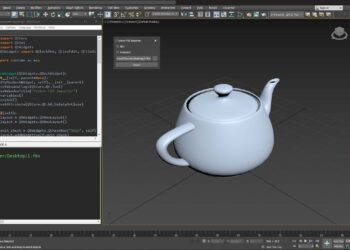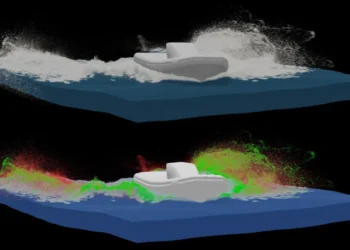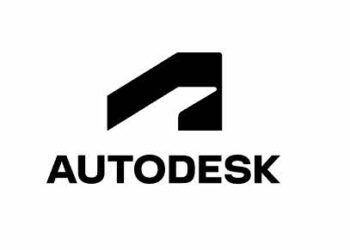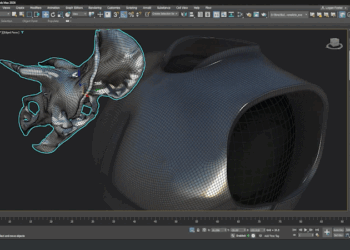Creative software has moved through three business eras in just over a decade. Perpetual licences and software ownership gave way to subscriptions that granted access. The arrival of generative AI now introduces a third layer: metered usage. For 3D artists, this means parts of the toolchain are starting to bill not only for time-based access but also for the specific compute-heavy actions that produce images, frames or audio.
The broader industry has taken a similar path over the past decade. Adobe ended perpetual licensing when it moved Creative Suite to Creative Cloud in 2013, cementing the subscription baseline used today. Autodesk followed by discontinuing new perpetual sales around 2016, completing its transition to subscriptions in the years after. These choices normalised recurring fees in DCC and created the conditions for usage-based layers on top. Generative models accelerate the move because the cost to produce an output scales with GPU time, resolution and duration. Pricing tables for credits and per-second charges make that cost visible, turning some creative steps into measurable utilities.
For example, Adobe’s credit system for Firefly-powered and partner-model features places a meter on actions such as text-to-image, upscales, AI denoise and video generation. Image operations often charge per generation. Video features are billed per second, with rates rising by resolution and frame rate. These meters live alongside subscriptions, so a seat buys access to the app, and credits buy bursts of compute for specific tasks. The pattern is familiar to anyone who has used a render farm: you can work all day without cost spikes, but pressing the button on a heavy job has a clear price.
Affinity’s recent relaunch under Canva is another example of how this idea is spreading. The core Affinity apps are now free, but AI-powered tools require a paid plan. Usage is credit-based, though Canva does not disclose precise consumption; users are only notified when they exceed their limit and invited to upgrade. In effect, Affinity has adopted the same metering logic, tying cost to AI activity rather than to software ownership.
These costs accumulate in small, concrete ways. Concept artists mix quick generative plates with traditional paintovers. Modelers might start in the future from prompt-generated base meshes or ML assisted reconstructions and switch back to manual tools for topology and detail. Texture and rendering workflows blend fast renders with AI denoise, sharpen, inpaint, and upscale passes that may sit behind usage gates. Editorial teams fold generated B-roll or motion studies into previs. The result is not a wholesale replacement of traditional approaches but a series of metered accelerators that compress steps and introduce a new layer of accounting.
Not every attempt at metering has succeeded. Unity’s 2023 plan to charge a runtime fee per download was withdrawn after sustained backlash, and the company reverted to seat-based pricing. That episode illustrates a boundary condition for utility models: if the meter is tied to outcomes developers don’t fully control, trust erodes. The AI credit systems now appearing in creative tools avoid that pitfall by linking charges to an artist’s deliberate actions, prompting a video, upscaling an image, translating audio, inside the app.
We’re in the early days of this shift, and the economics are still fluid. Some vendors argue that AI costs are falling and will continue to do so as hardware and models improve, which would lower unit prices over time and encourage larger workloads. At the same time, competition among model providers has led to price moves and off-peak discounts, suggesting that usage-based pricing will remain a factor for differentiation. Artists should expect periodic changes to credit tables, plan entitlements and partner-model availability as the market matures and vendors fine tune margins and service levels.
Two safeguards are emerging alongside this shift. First, interoperability through USD and related standards may help reduces lock-in as assets travel between DCCs, engines and AI services, which matters if a studio wants to swap a metered tool without redoing their pipeline. Second, provenance efforts such as Content Credentials aim to record how assets were generated or edited. Both trends support predictable production under a utility model by keeping assets portable and histories auditable.
The subscription era defined access but now the metered era is defining activity. Each generation of business model has brought software companies closer to the moment of creative output itself and the model is now prevalent across the market. Subscriptions establish a baseline for access; metering attaches a price to moments of compute. This combination suits AI because generation is bursty and varies widely in cost by task. Seats keep teams inside the ecosystem; credits allocate scarce GPU time where it creates value. For studios, the managerial work shifts toward setting policies for when AI is worth the spend, just as they do for render budgets or outsourcing.
These developments suggest that creative tools are entering a new economic phase. For artists, AI offers the promise of speed and reach but also introduces a layer of accounting into what feels like limitless everyday experimentation. For developers, the meter promises steady revenue that’s closely aligned with infrastructure costs to eliminate nasty surprises. What remains to be seen is whether the balance between creative freedom and computational billing can hold as more of the creative process is mediated through paid AI generation.










